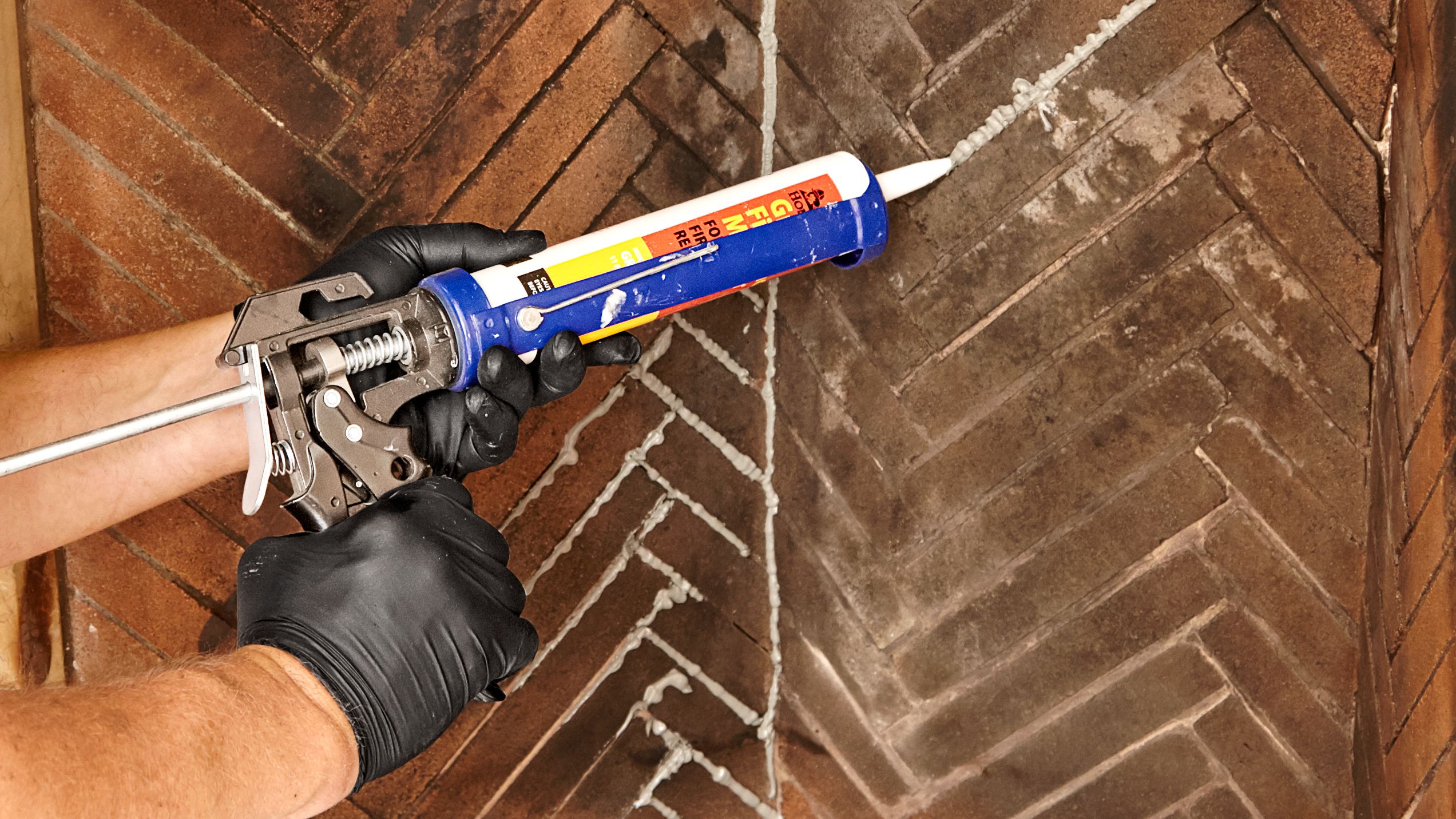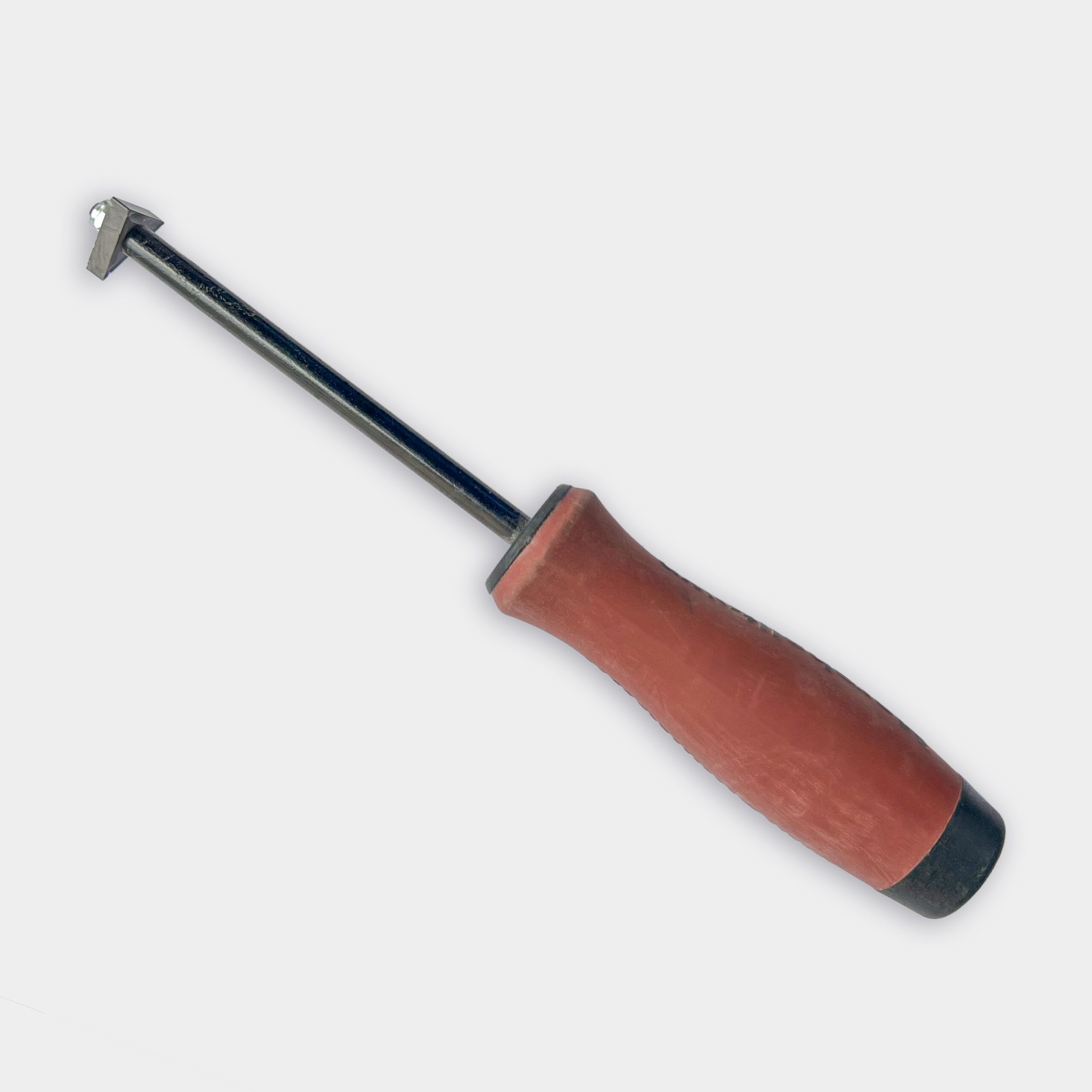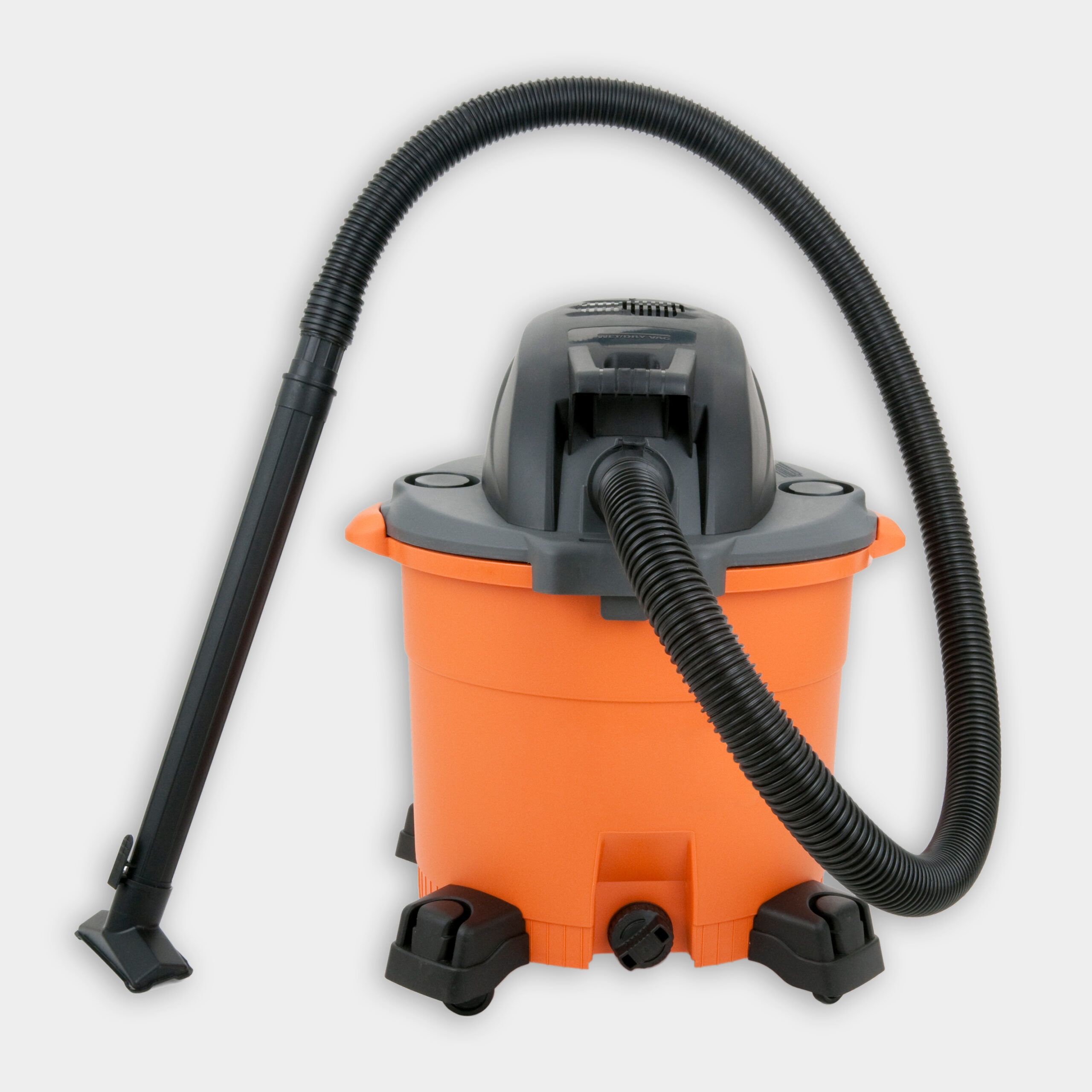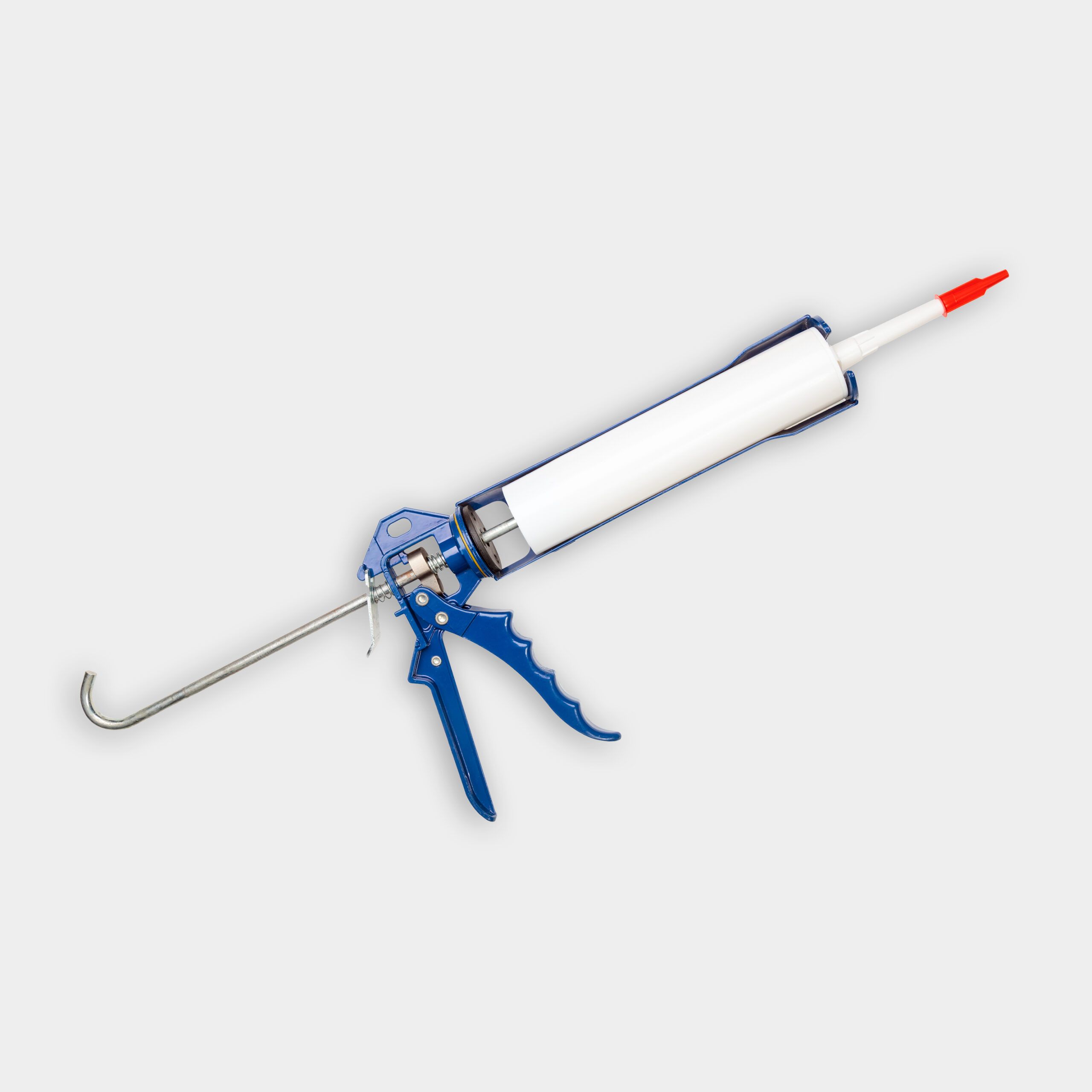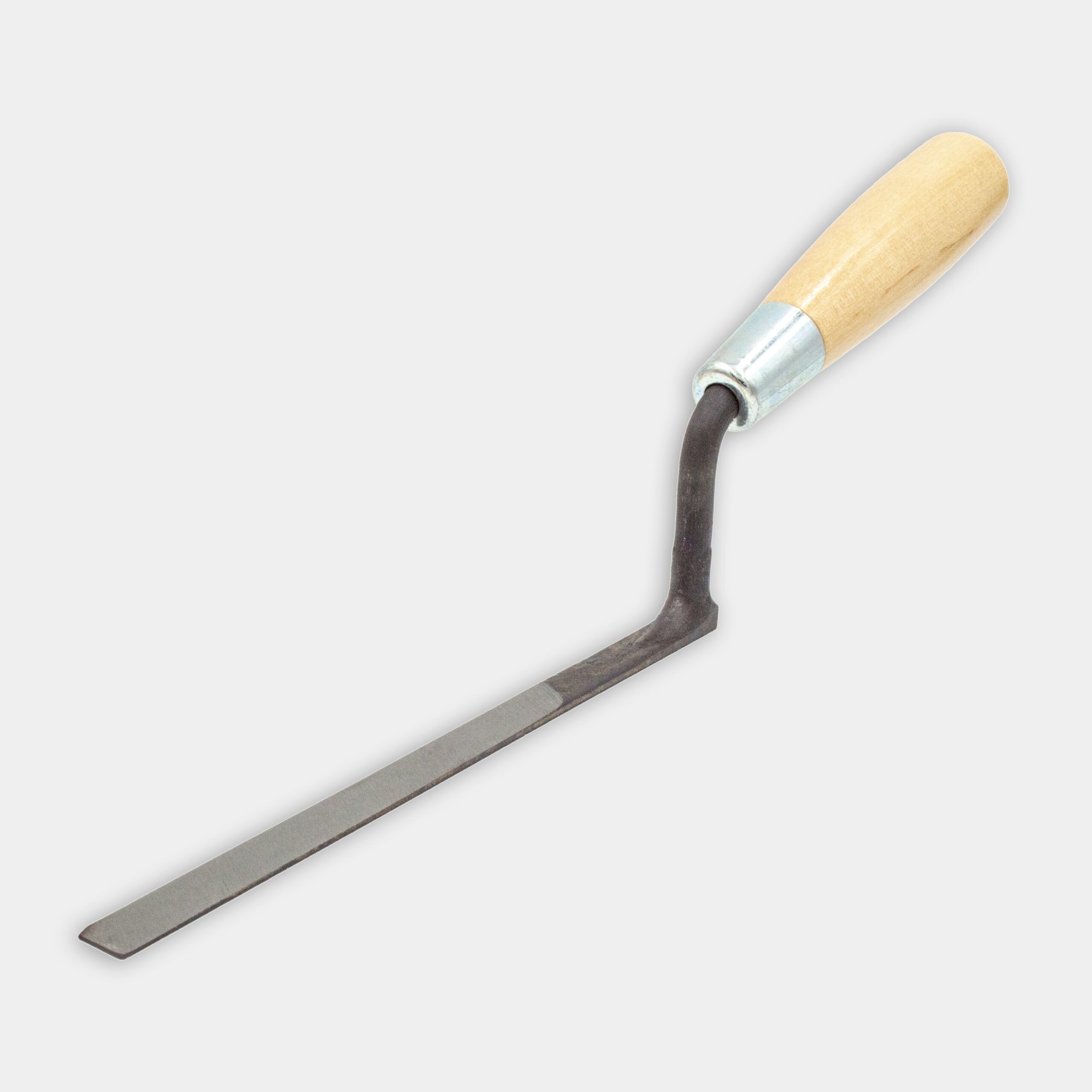We may be compensated if you purchase through links on our website. Our team is committed to delivering honest, objective, and independent reviews on home products and services.
Repointing a brick fireplace can breathe new life into your home’s focal point. Over time, the mortar between bricks can deteriorate due to heat exposure and natural wear, compromising both the look and functionality of your fireplace. This guide will walk you through the process of repointing your brick fireplace, helping you restore its beauty and structural integrity. Even if you’re a novice, with some guidance and patience, your fireplace can be transformed and revitalized.
Steps for Repointing a Brick Fireplace
Repointing a brick fireplace is easier than you might think. The old, messy way of repointing—mixing mortar in a bucket and troweling it on—is a thing of the past. Today, you can purchase high-temp fireplace mortars packaged in caulk tubes. Here’s how to use them to repair your fireplace mortar.
Step 1: Wash the brick
Begin by thoroughly cleaning the brick surface to remove any soot, dirt, or debris. Soot dissolves easily when wet, and this step ensures the new mortar adheres better and lasts longer. Here’s how to do it:
- Put on nitrile gloves to protect your hands.
- Use a sponge with an abrasive pad to scrub the sides of the firebox.
- Wet the sponge frequently, as soot dissolves more easily when damp.
- Pay special attention to areas with heavy soot buildup.
- Rinse the cleaned areas with clean water to remove any residue.
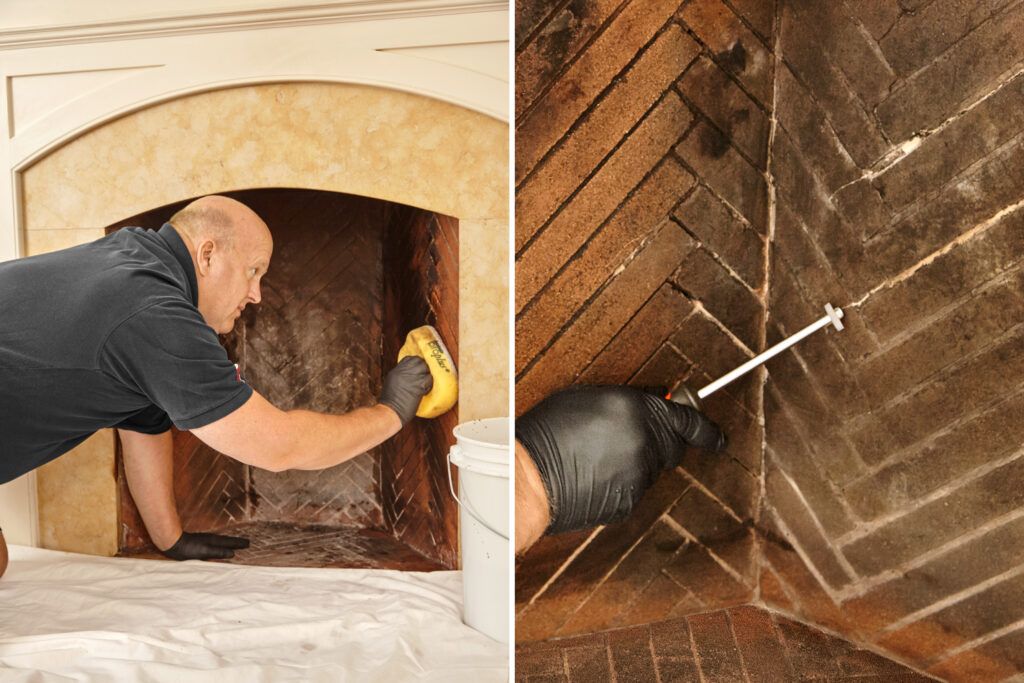
Step 2: Dig out the loose mortar
After cleaning, it’s time to remove the damaged mortar. This step prepares the joints for new mortar application:
- Using a grout removal tool with a triangular carbide blade, carefully scrape out cracked, loose, and crumbling mortar from the joints.
- Stop scraping when the sides of the blade touch the edges of the brick to avoid damaging the bricks. The blade’s triangular shape prevents it from going too deep (more than half the width of the joint)
- Clean the scraped joints with a narrow, stiff-bristle brush.
- Use a wet/dry vacuum to remove mortar debris and dust.
The triangular shape of the blade prevents you from going too deep into the joint, which could weaken the structure.
Step 3: Wet the joints
Proper moisture is key to ensuring the new mortar bonds well with the existing brick and mortar. Follow these steps to wet the joints:
- Dip a nylon paintbrush into a bucket of clean water.
- Brush the water onto all the scraped joints.
- Ensure that both the old brick and remaining mortar are thoroughly moistened.
- Repeat this process if necessary to maintain dampness before applying new mortar.
The brush bristles help ensure that water reaches all areas of the joint, promoting better adhesion of the new mortar. Moistening the joints can also help prevent the existing mortar from absorbing too much water from the new mix.
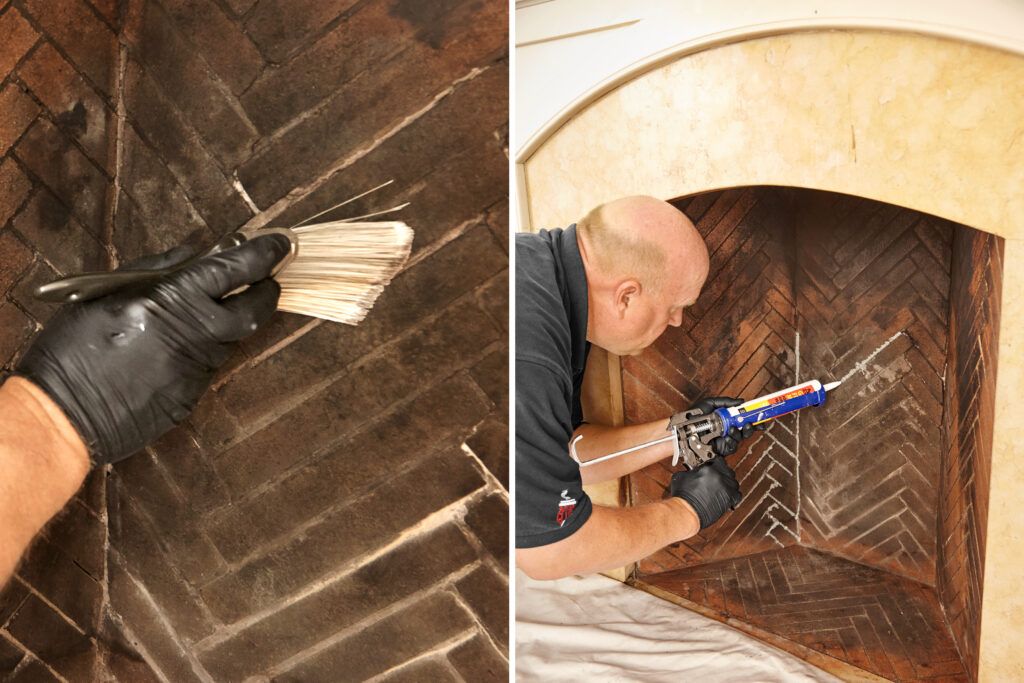
Step 4: Caulk the joints
Now it’s time to apply the new refractory mortar. To do this:
- Load a tube of refractory mortar into a caulk gun.
- Carefully drag the nozzle over all the scraped mortar joints.
- Leave behind a generous bead of caulk in each joint.
- Pay special attention to gaps between the hearth and the firebox floor.
- Work systematically to ensure you don’t miss any areas.
Refractory mortar is specially formulated to withstand high temperatures, making it ideal for fireplace applications.
Step 5: Pack the mortar
After applying the mortar, you’ll need to make sure it’s properly packed into the joints:
- Use a 3⁄8-inch-wide tuck-pointing trowel to smooth the mortar.
- Press the mortar firmly into each joint to eliminate air pockets.
- Scrape off excess mortar with the edge of the trowel.
- For corners and hard-to-reach areas, use a gloved finger to pack and smooth the mortar.
- Work in small sections to ensure the mortar doesn’t dry before you can smooth it.
Ensuring the mortar is packed tightly will also improve the structural integrity of the fireplace.
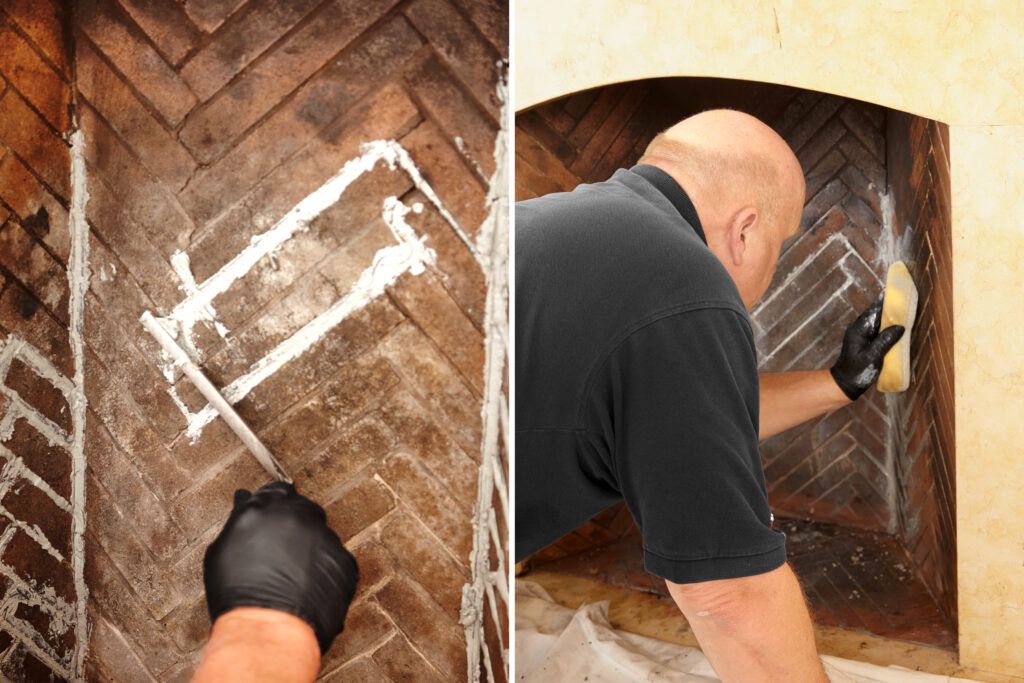
Step 6: Wipe away the residue
The final step involves cleaning up any excess mortar:
- Use a heat gun or build a small, brief fire to activate the mortar’s heat-resistant properties—it needs to reach about 500 degrees.
- Use a damp sponge to wipe away most of the mortar residue.
- Make multiple passes with the sponge, rinsing it frequently in clean water.
- Allow the mortar to dry for 24 hours.
- After 24 hours, wipe the brick again to remove any remaining haze.
Tools and Materials for Fireplace Repointing
To successfully repoint your brick fireplace, you’ll need the following tools and materials on hand:
Tools
- Grout removal tool
- Wet/dry vacuum
- Caulk gun
- Pointing trowel
- Nylon paintbrush
- Heat gun
Materials
- Sponge with an abrasive pad
- 5-gallon bucket
- Nitrile gloves
- Stiff bristle brush
- Nylon-bristle broom
- Refractory ceramic putty
- Clean water
- Protective eyewear
- Dust mask
- Clean rags or cloths
Choosing the Right Mortar for Your Fireplace
You’ll need the right mortar to make sure your brick repointing repair lasts a long time. While standard mortar consists of sand, lime, and Portland cement, it’s not suitable for fireplaces due to its inability to withstand high temperatures. Instead, you should use a refractory mortar made of magnesium silicate, which can endure temperatures up to 2,000 degrees Fahrenheit. This specialized mortar is designed to expand and contract with the brickwork as it heats and cools, ensuring a longer-lasting repair.
Brick Repointing Safety Precautions
When repointing your brick fireplace, safety should always be top of mind. Here are some important precautions to take to keep yourself protected:
- Wear protective eyewear to shield your eyes from dust and debris.
- Use a dust mask to avoid inhaling mortar dust.
- Ensure proper ventilation in the work area.
- Keep children and pets away from the work area.
- Allow the fireplace to cool completely before beginning work if it has been used recently.
- Handle all tools with care to avoid injury.
- Take breaks if the work becomes too strenuous.
